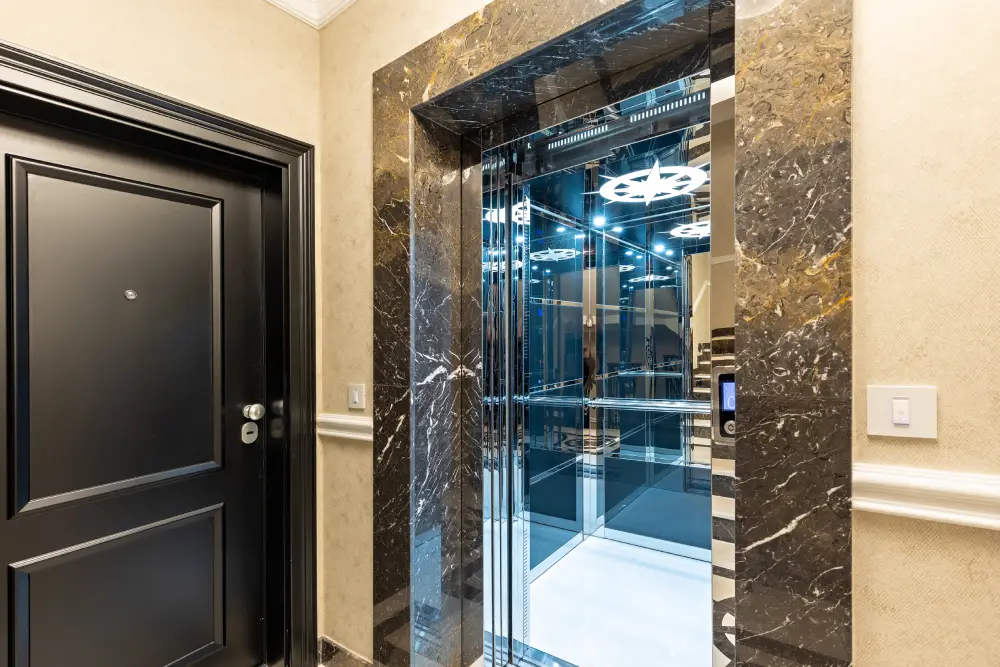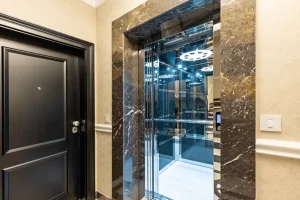Easy Maintenance Tips For Home Elevators

Elevators have become an essential part of our daily lives, especially if you live in a multi-story building. They provide convenience and accessibility for people with mobility issues and heavy objects. However, like any other machinery, elevators also require regular maintenance to ensure they are safe and efficient.
In this article, we will discuss some easy maintenance tips for home elevators that can help prolong their lifespan and prevent unexpected breakdowns.
Cleaning the cabin and doors:
Regular cleaning of the cabin walls, floors, and doors helps maintain a fresh appearance. Dirt or debris on the floor or near door tracks can affect movement. Wiping surfaces with a soft cloth and mild cleaner keeps the elevator tidy. Keeping the doors free from dust or grime supports smooth opening and closing.
Inspecting control panels and buttons:
Control panels and buttons should be checked for proper operation. Pressing each button and observing the response ensures functionality. Minor problems, such as stuck or worn buttons, can be addressed early to prevent further issues.
Checking doors and tracks:
Elevator doors and tracks should be free from obstructions. Dust or small objects can interfere with the movement. Lightly cleaning tracks and verifying that doors align correctly helps maintain safety and reduces wear on components.
Monitoring mechanical components:
Mechanical parts such as cables, pulleys, and hydraulic systems want visual inspection. Look for signs of wear, fraying, or leaks. Early identification of small problems allows corrective measures before they affect performance. Safety features, including emergency brakes, alarms, and backup power systems, should be tested periodically. Confirming that these systems operate properly ensures that the elevator remains safe in all situations.
Scheduling professional checks:
A professional check at regular intervals supports the ongoing function of the elevator. Technicians can carry out detailed inspections and make adjustments beyond basic daily checks. This helps maintain reliability and extends the service life.
Keeping a maintenance log:
Recording maintenance activities and observations creates a reference for future checks. Notes about cleaning, inspections, and minor repairs make it easier to track patterns or repeated issues. A log provides helpful information for professionals during service visits.
Following simple maintenance tips helps home elevators operate efficiently and safely. Regular cleaning, inspecting doors and controls, monitoring mechanical parts, testing safety features, and scheduling professional checks support long-term reliability. Keeping a log adds clarity and assists in maintaining smooth and dependable operation over time.




